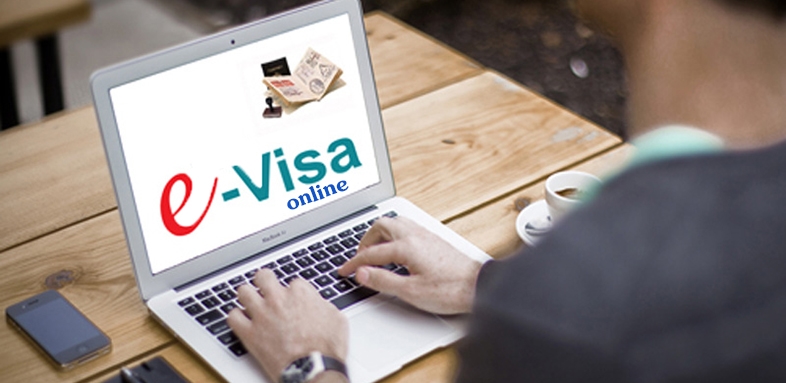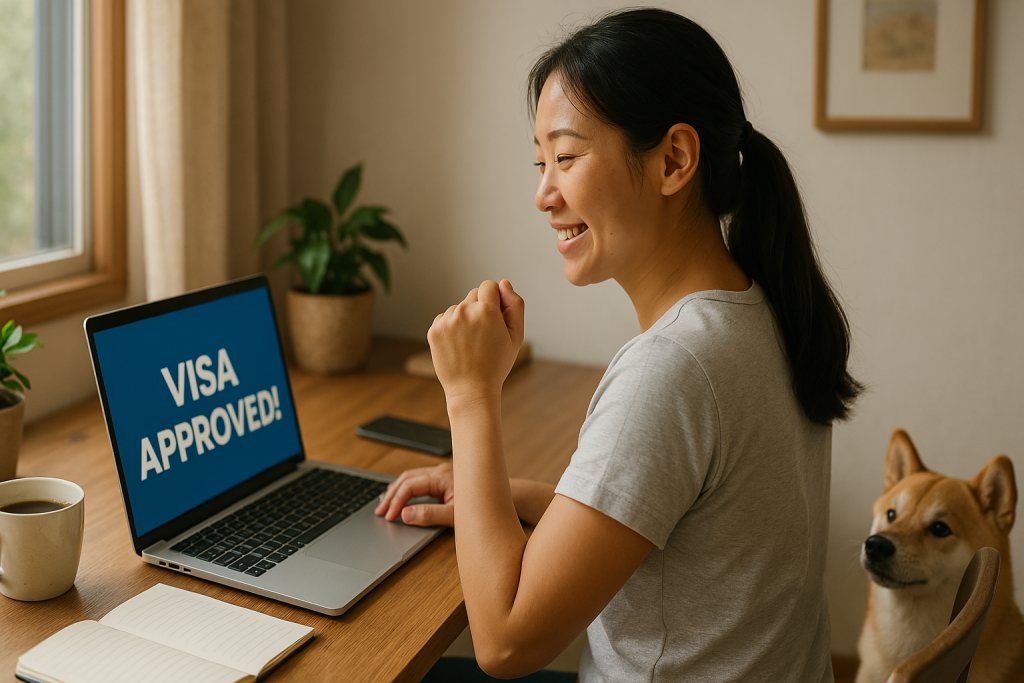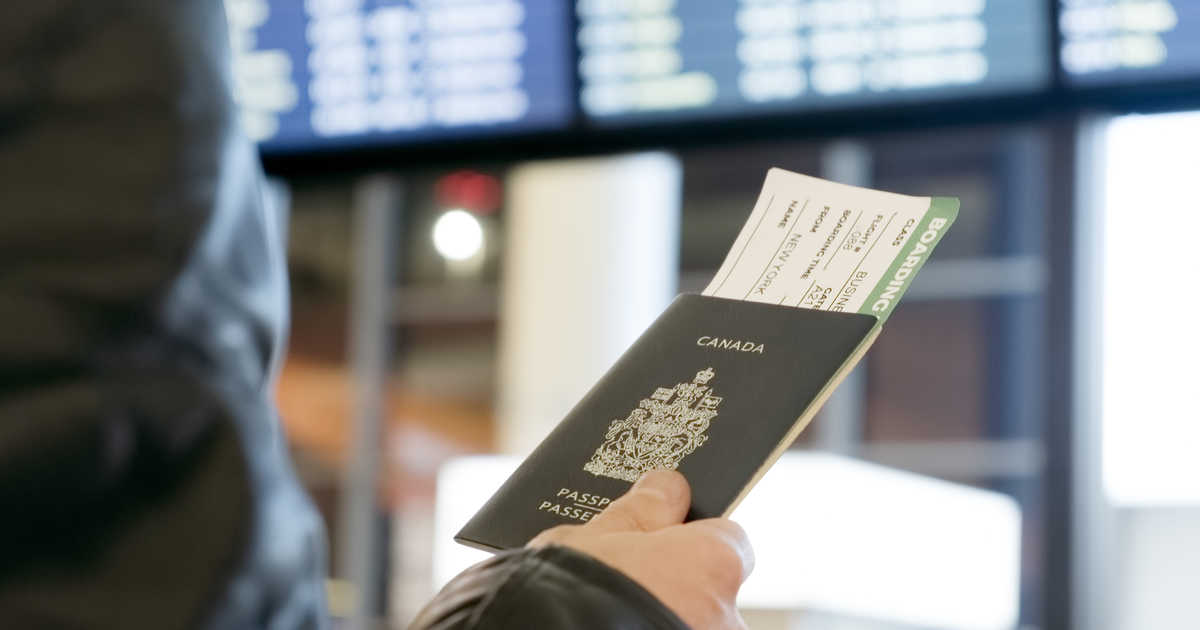Thousands of Canadian travelers get stuck at Vietnam airports every year—just because of visa mistakes. Whether it’s a typo in your name or using the wrong website, the consequences are …

Vietnam is quickly rising to the top of the travel list for Canadians looking to explore Southeast Asia. With its beautiful coastline, fascinating history, incredible food, and welcoming locals, it offers a rich experience for both first-time and seasoned travellers. But before you can stroll through Hoi An or cruise along Ha Long Bay, there’s one essential task: getting your visa. If you’re a Canadian passport holder planning to visit Vietnam in 2025, this guide will walk you through your options and show you how to apply for a tourist visa with ease.
Canadians planning to travel to Vietnam in 2025 have two main visa options to choose from: the Electronic Visa (E-Visa) and the Visa on Arrival (VOA). Both are legitimate and widely used, but they cater to different travel needs.
The E-Visa allows for single or multiple entries and is valid for up to 90 days. You can use it to enter through airports, land borders, and sea ports. It’s processed entirely online and has become a favourite for Canadian travellers thanks to its simplicity and reliability.
The Visa on Arrival is another route that’s popular with people flying into Vietnam. You’ll need to apply online for a visa approval letter before you depart, and then get the actual visa stamped into your passport when you land at a Vietnamese international airport.
While it’s still possible to apply through the Vietnamese embassy or consulate in Canada, this option is often slower and involves more paperwork. That’s why most Canadians now opt for the faster online methods.

To get started with your visa application, make sure your passport is valid for at least six months from your date of arrival in Vietnam. It should also have at least one blank page available for stamping upon entry.
You’ll need a digital passport photo with a plain white background and a scanned copy of the passport’s data page. These two files are required to complete your online visa application.
In addition, you’ll need a credit or debit card that can be used for international payments. It’s also a good idea (though not mandatory) to have your travel itinerary, hotel bookings, or travel insurance handy, especially if you’re using a visa support agency that can guide you through the process.
Applying for an E-Visa is one of the easiest ways for Canadians to obtain entry into Vietnam. You can submit your application through Vietnam’s official e-visa website or use a well-established visa agency like Vietnam Immigration to simplify the process and get extra support.
Start by filling out the visa form carefully. Ensure that the information you enter matches exactly what’s written in your passport. Upload your passport scan and photo, then choose how quickly you need your visa processed — standard or urgent.
Standard applications are typically approved within three to five business days, but if you need it sooner, express processing is available and can return results in just a few hours. Once approved, the visa will be sent to your email in PDF format. Be sure to print a copy and save a digital backup for your trip.
If you prefer to get your visa once you arrive in Vietnam, the Visa on Arrival method is an option worth considering. It’s especially handy if you’re travelling on short notice or need a visa for multiple entries.
To use this method, you must first apply for a visa approval letter through an official agency like Vietnam Immigration. After receiving the letter via email, print it out and bring it with you.
Upon arrival at a Vietnamese international airport, head to the VOA desk and submit your approval letter, a completed entry-exit form, passport photos, and your passport. You’ll also need to pay a stamping fee, usually in cash. Your visa will then be issued on the spot.
This approach is flexible and reliable, especially when handled through trusted agencies that can provide fast-track services to avoid long queues at the airport.

For Canadian citizens, visa processing times are relatively quick, but they can vary based on your chosen method. E-Visa applications typically take 3–5 working days, though they may take longer during public holidays or peak travel seasons. Rush processing options can return your visa in under 8 hours.
If you go the VOA route, your approval letter usually arrives within 1–3 business days. Urgent applications can be turned around much faster if needed. Regardless of the method, it’s smart to apply at least one week before your departure date.
Getting your documents reviewed by a professional visa agency can also help avoid delays caused by missing information or formatting errors — especially for first-time travellers.
The most common issues arise from photo or document problems. Make sure your photo is high quality, shows your full face clearly, and meets basic passport photo standards. Blurry or dark images can result in rejection.
Double-check all personal information before submitting your form. Mistakes in your name, birthdate, or passport number can delay your visa or lead to outright denial.
Don’t forget to print a copy of your visa once it’s issued, and store a digital copy on your phone or email. Immigration officers may request to see it when you arrive in Vietnam, and having both versions ensures you’re covered.

While it’s entirely possible to apply for a Vietnam visa on your own, many Canadians prefer to use a professional visa agency to save time and eliminate hassle.
Agencies like Vietnam Immigration offer 24/7 support, document checking, express processing, and a 100% approval guarantee. They simplify the entire process and help ensure that your application is accurate and on time.
If you’re not familiar with the visa system or just want peace of mind, working with an experienced team can make your travel preparations a whole lot easier.
👉 Start your Vietnam visa application here
Vietnam offers Canadian travellers an incredible mix of adventure, culture, and relaxation — but getting your visa sorted out is the key to starting your journey right. Whether you opt for an E-Visa or a Visa on Arrival, applying in advance and double-checking your documents can help you avoid surprises and delays. With the right support, the whole process is fast, secure, and stress-free.

Thousands of Canadian travelers get stuck at Vietnam airports every year—just because of visa mistakes. Whether it’s a typo in your name or using the wrong website, the consequences are …

